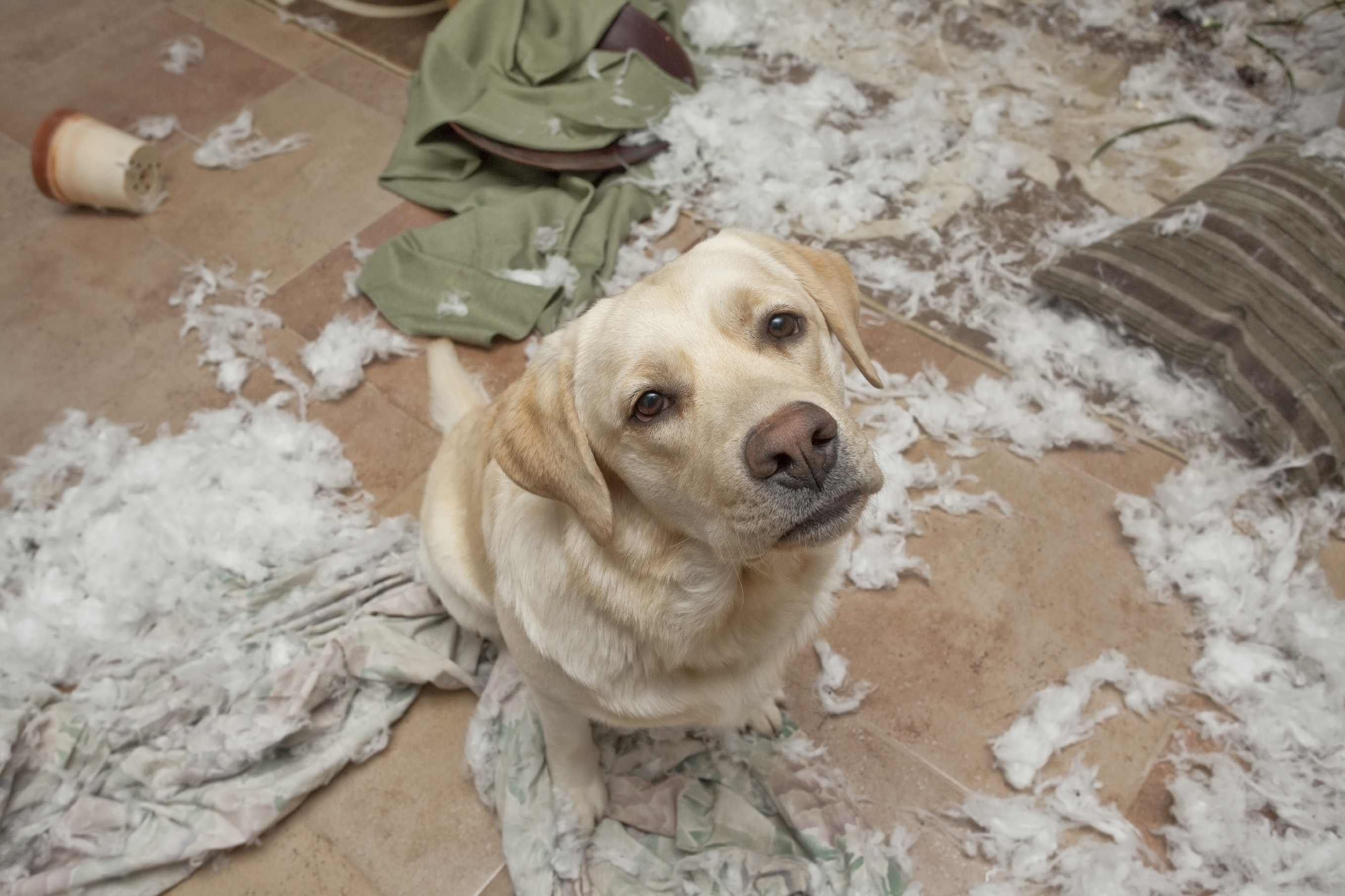The Truth Behind Bad Behavior
It is a sad, but true (and alarming) fact: the number one cause of death in pets is not illness or disease; it is actually bad behavior from lack of pet training! When pets consistently misbehave, they often end up being put out on the street or in a shelter where they may eventually be put to sleep. The real tragedy is that behavior problems can be easily prevented with a little extra effort and consistency on the part of the pet’s owner. Existing behavior problems can be overcome with only a little extra effort.
Who’s at Fault?
Pet owners often unwittingly cause behavior problems by reinforcing the cute things that puppies and kittens do. To young animals, the attention that they receive when we coo and pick them up or give them treats is a reward for whatever action they have taken. So, if a puppy has barked and jumped on you to get your attention and you immediately pick it up, that puppy learned that in order to get your attention, all he needs to do is to bark and jump up on you. Months later, when the dog weighs 80 pounds and jumps on everyone in the house, it is your fault for not teaching your dog to sit rather than jump. The same holds true for the kitten that gets into the trash or jumps on the kitchen table and then one day ruins your expensive dinner for eight you spent all day cooking!
Consistency is Key in Pet Training
Just as learning plays a huge role in most behavior problems, it also plays a critical role in preventing or correcting such problems. Young animals are most impressionable from eight weeks to eighteen weeks of age. When a pet’s actions result in unpleasant consequences, by responding with a stern “NO” or a simple lack of attention, the chances that your pet will repeat the behavior will decrease. If you are consistent in your behavior and actions your pets will learn quickly. Similarly, if the behavior is followed by something pleasant, such as a treat, attention, or affection (rewards), the behavior is likely to be repeated. The trick is to consistently reward the pet for good behavior and consistently respond to bad behavior, as well.
Getting to the Root of Bad Behavior
Behavior problems can be due to a medical issue, a lack of pet training or both. Consult with a veterinarian if your pet begins acting up. Your vet will ask questions to determine if you are unintentionally reinforcing bad behavior. The vet will also do a thorough physical examination to rule out underlying medical conditions that could be contributing to the problem. For instance, a pet with dental problems or arthritis could be in pain and, therefore, more irritable. An older dog or cat with poor hearing or vision is another example of a pet more likely to have problems to which we need to be sensitive. Of course, preventing problems from the onset is the best way to bond with your pet.
An Ounce of Prevention
I recommend that all puppy owners take their new four-legged friends to a veterinarian-endorsed puppy kindergarten at a young age to begin teaching your puppy good behavior and so you can learn how to properly train your dog. New kitten owners can speak with their veterinarian to learn how to raise well-behaved cats. Yearly check-ups for all pets also are an important part of preventing health and behavioral problems, as well. A badly behaved pet can lead to many unpleasant problems, but a well-behaved pet brings many years of joy and companionship. All it takes is a little effort on your part, and both you and your pet will be well rewarded.

